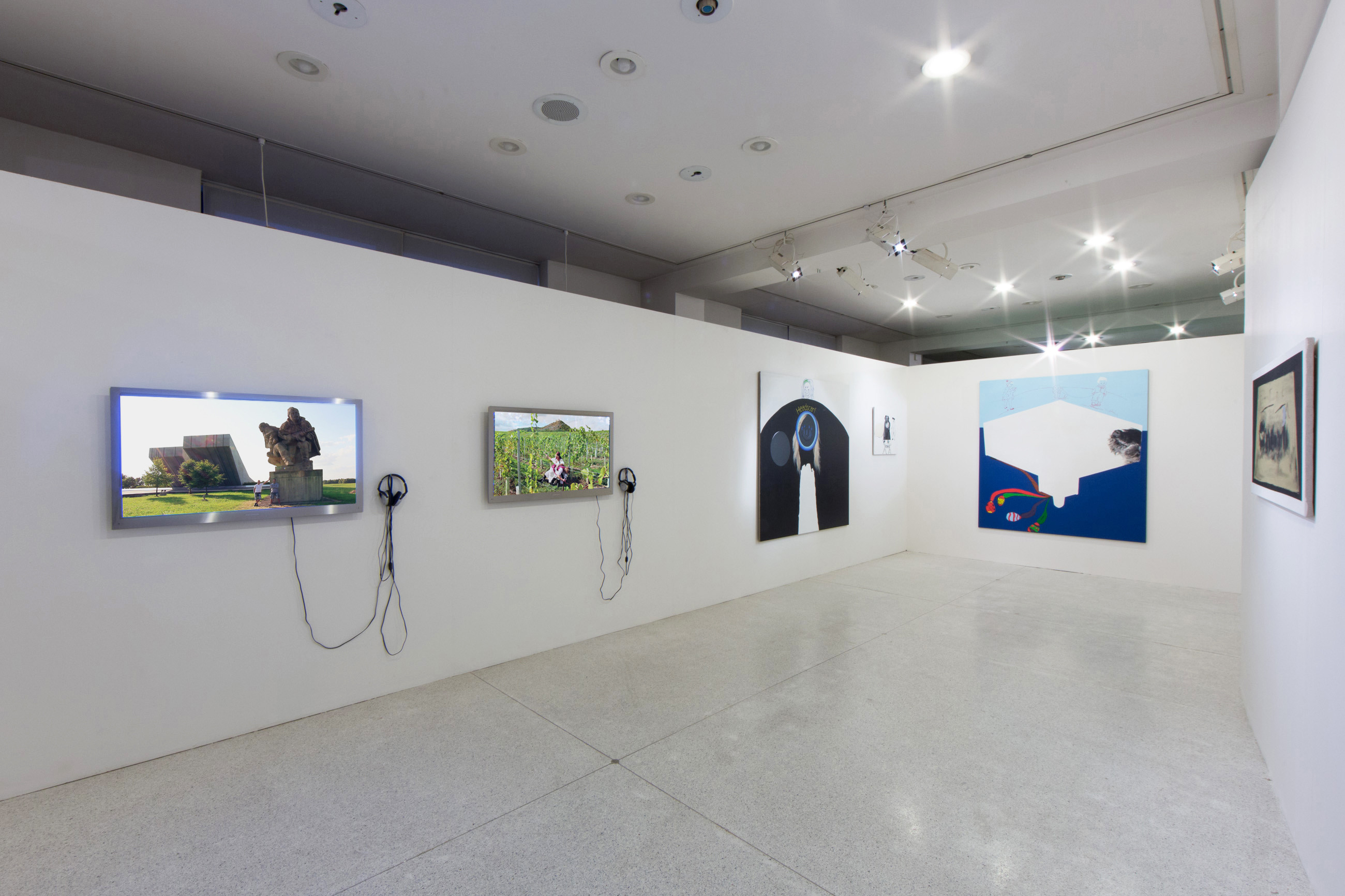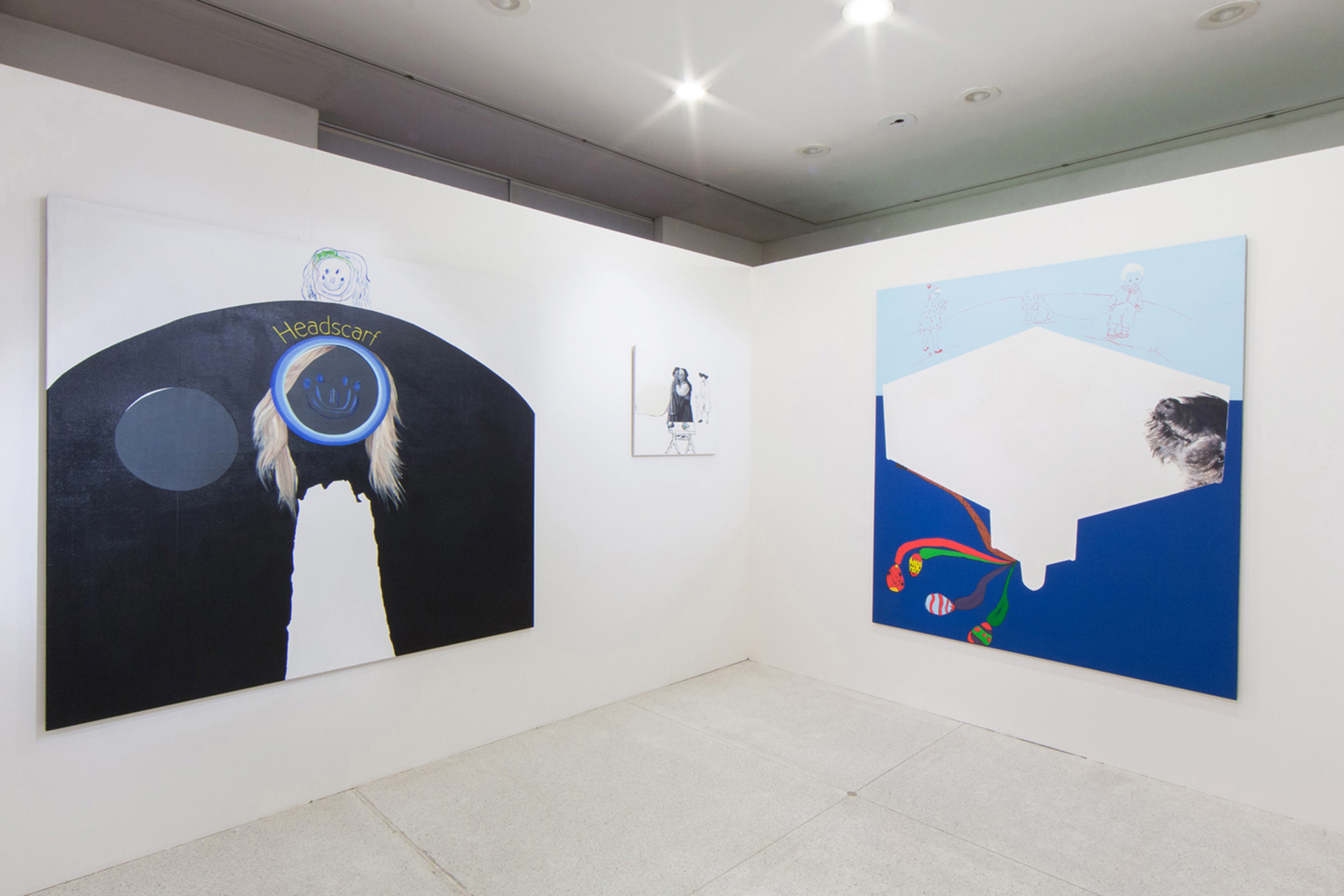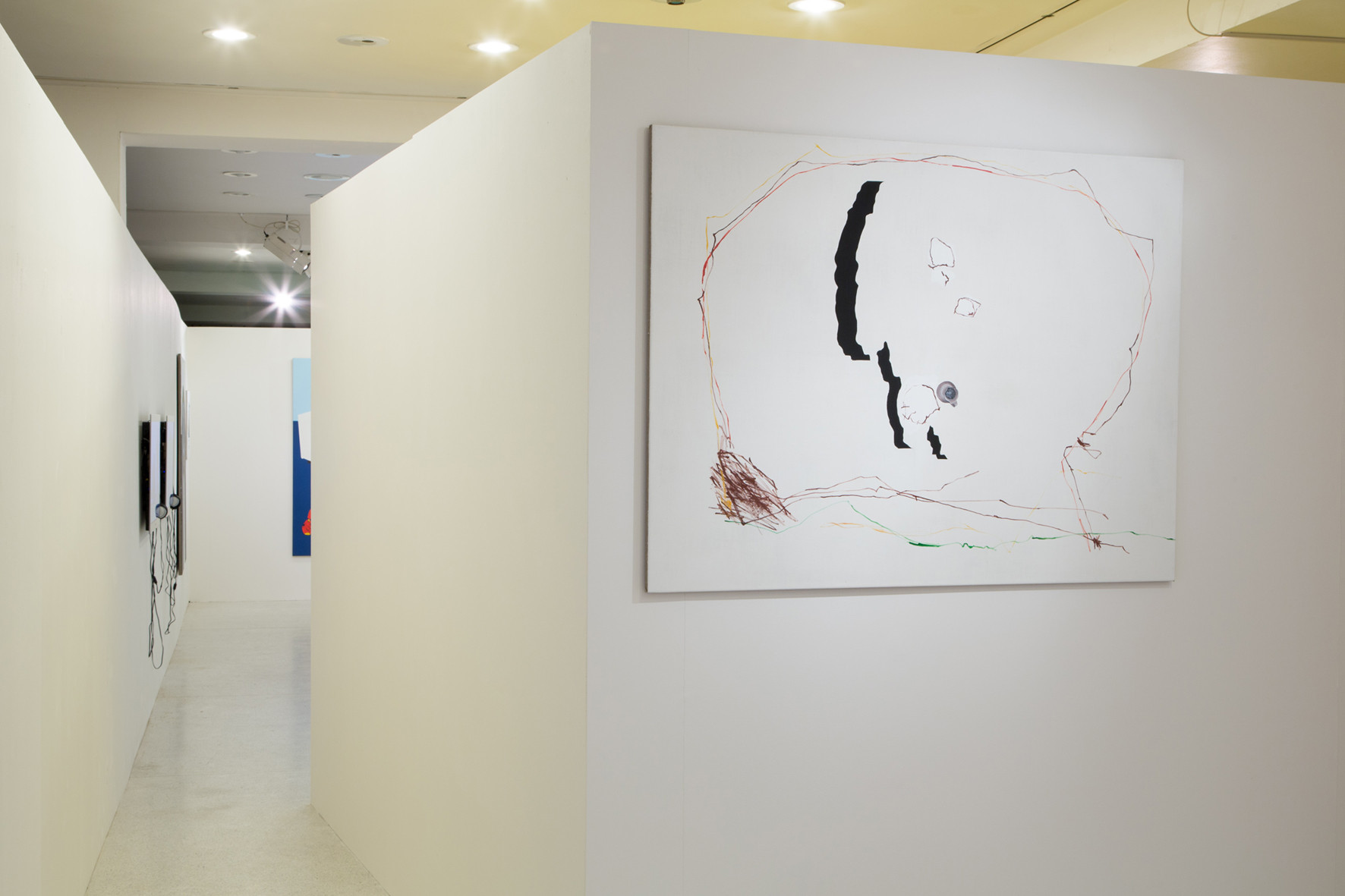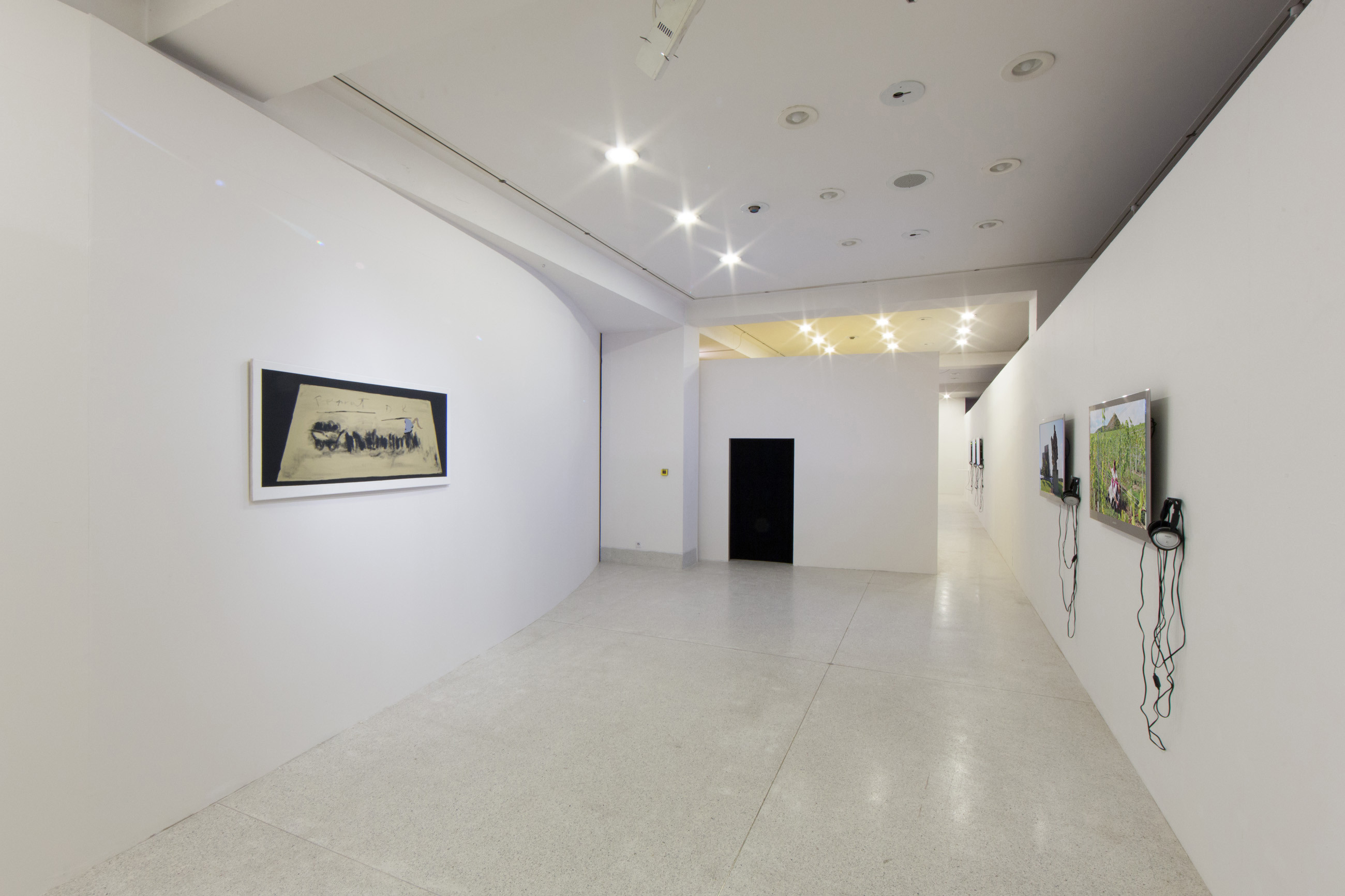This is a two-year project that culminated with my nomination for the Jindřich Chalupecký Award 2013, where I presented a substantial piece. I exhibited a series of videos and images in an exhibition specifically designed by Jiří Příhoda.The combination of what motivates us through life, our own sense of self-worth and the way in which we interpret our own stories reveals a lot about us. The project name Death, Czech smallness and Contemporary Museums is a metaphor for the attempt to explore specific aspects of shared identity.
With the koncept of final destinations and their images, I examine personal emotional and shared collective history.
Therefore, at the World War II Memorial, which commemorates people such as my Romany grandmother, who never returned to her six children, I let a folk singer speak through the mouth of two men, a mother who came back, but without her children. At the place, where Venus of Dolní Věstonice was discovered I let a woman spank her adult daughter. The videoroom has the size of the Baráček family tomb that my ancestors purchased from nobility. I am sticking my tongue out of the tomb, while my knees go weak at the Černá Hora cemetery. At the bottom of the abyss Macocha, the abys of suicides, I am lying on the ice wet concrete and I am singing a passage from a Catholic sermon. I paint a doorjamb on a pedestal and I add a dinosaur to a covered corpse, a warrior and a souvenir stand…
I am lying at the bottom of the abyss Macocha – the abyss of suicides – on the wet icy concrete of a touristic pavement and singing a passage from a Catholic sermon: „Light to the darkness, warmth instead of fear.“
A record of the scene after having placed the urn containing my deceased father into our family tomb in Černá Hora. I am walking in a Rococo costume away from the tomb and my knees go weak.
My ancestors purchased the tomb in front of the cemetery from nobility. Actors in historical costumes represent family constellation of my childhood. Each of them is repeating a typical statement. I am standing in the tomb sticking my tongue out.
I am sitting here in an old room in Přerov nad Labem with a group of women figurines of all ages. After a while I get up and whisper an important message to one of them.
At the site where the Venus of Dolní Věstonice was discovered in the vineyard under Pálava, I let a woman spank her adult daughter. She is holding a unique object – a plaster-cast statute taken directly from the original Venus of Věstonice. In the next shot, in late afternoon, the daughter takes a walk through a forest monoculture and vents her aggression.
At the place where treasure was discovered last year, I take a voyeuristic recording of a robber who is looking for his hidden booty in vain. It’s the place where I met the ghost of a robber fifteen years ago. I am elaborating upon the story of the robber to the camera.
My Romany grandmother died in Auschwitz and left six children and a husband behind. One Romany folk singer, whose five children and husband died in Auschwitz, composed the strongest lyrics of her songs after a traumatic experience there. In the video I let her speak through the mouth of two young men standing near a monument to a decisive moment of World War II.




